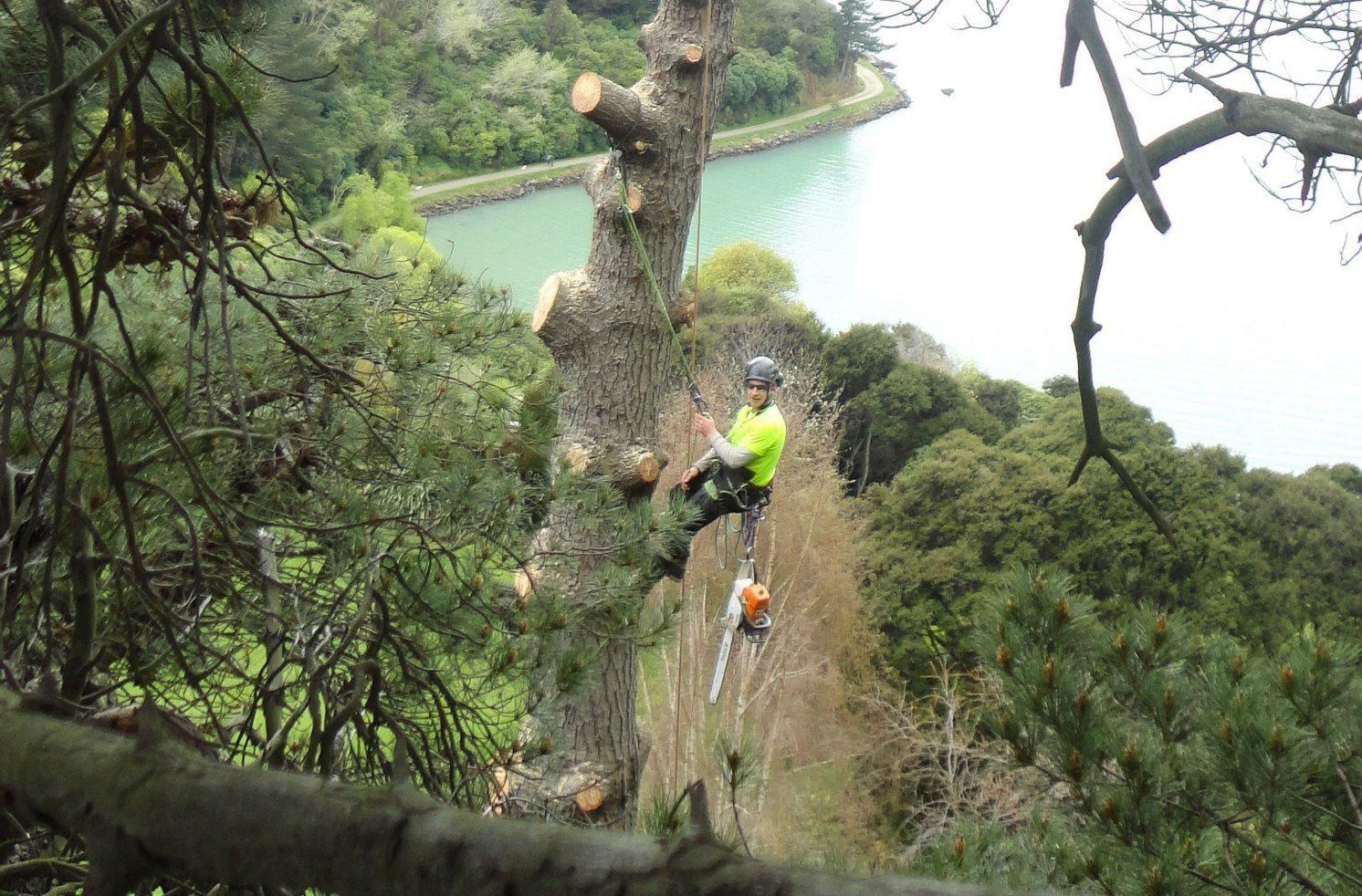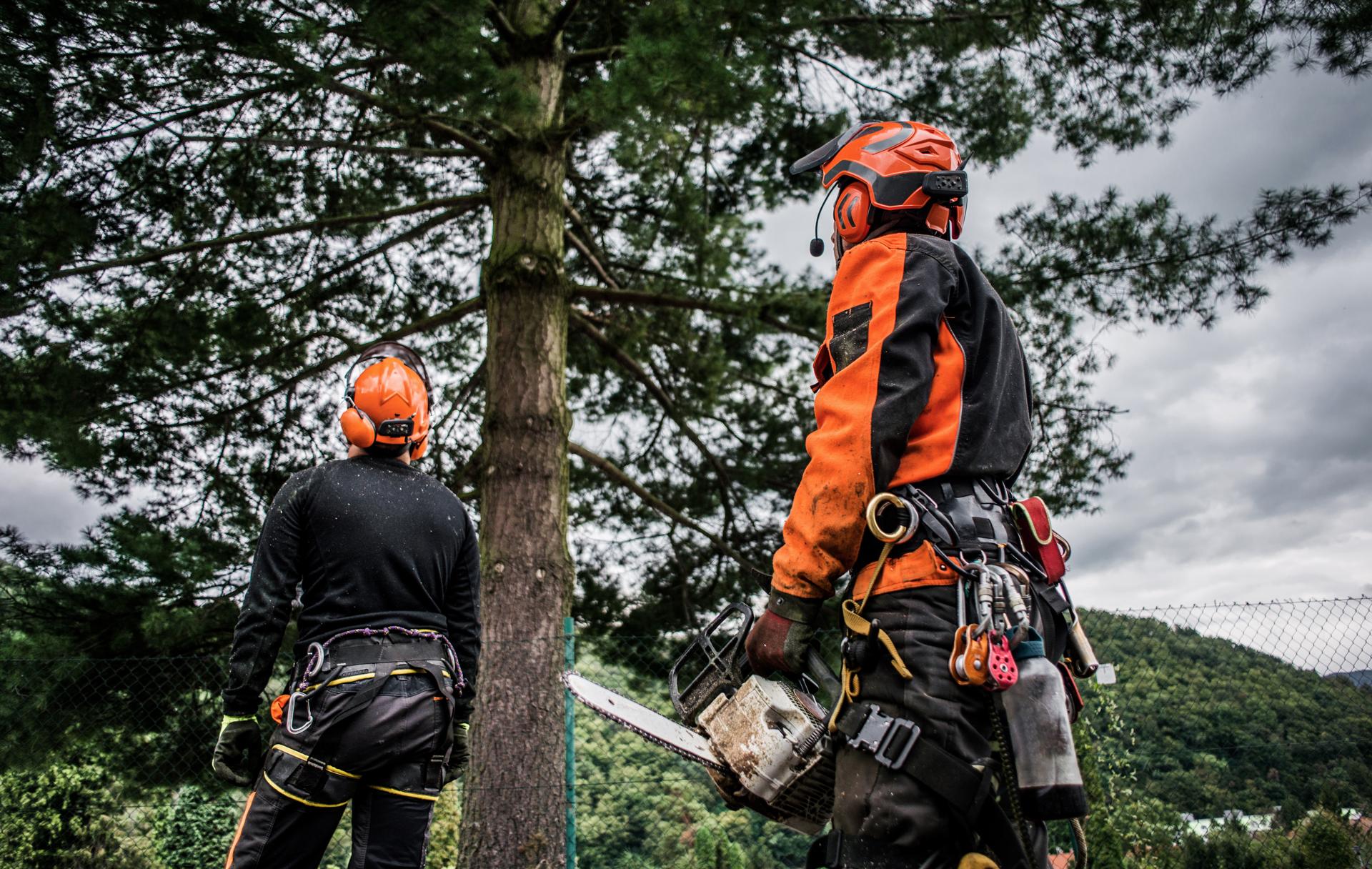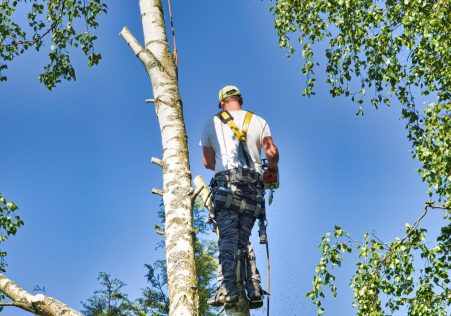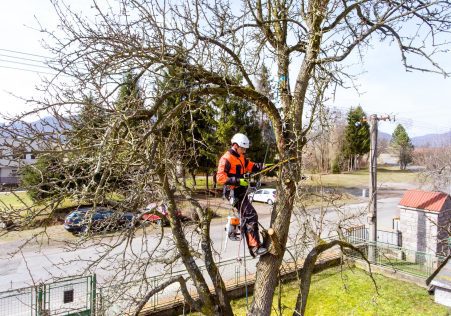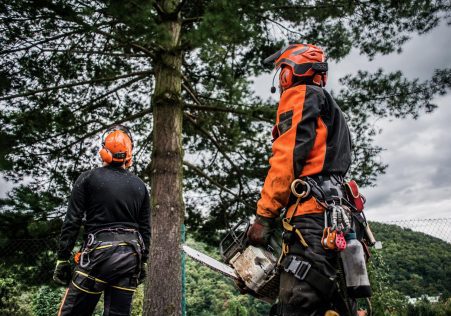The Life-Long Term of the Tree Roots After the Trees are Cut

Tree removal is a crucial job for homeowners, but it’s not as simple as cutting the tree’s branch and allowing the roots to decay. Understanding the longevity of tree roots is crucial for ensuring your removal is carried out in a safe and secure manner. In this article, we will explore the length of time the roots of trees last after a tree is removed and address some of the most frequently-asked questions regarding this subject.
How long will tree roots last after cutting them down?
The life span of the roots of a tree after it has been cut down can vary widely based on the type of tree, the length of the roots, and the environment conditions. In general, it’s reasonable to believe that the tree’s roots will continue to live for many years after a tree has been removed. The reason for this is that the roots remain capable of absorbing water and nutrients from the soil and absorbing nutrients from the soil, even after the tree has been removed.
The factors that determine the longevity of Tree Roots
There are many aspects that impact the longevity of tree roots after a tree has been removed. Some of these include different species of trees Certain species of trees have roots that are more resilient and longer-lasting than other species. For example oak tree roots are known to live for many decades after the tree has been cut down. Size of roots The more extensive the tree’s root system are, the longer they will likely remain after the tree is removed. The reason for this is that larger roots have a greater capacity to absorb nutrients and moisture in the soil. Conditions in the soil: The type, temperature, as well as the level of moisture in the area that it was cut could all impact the longevity and longevity of roots. In the event that the soil has become dry and compacted the roots are likely to decompose more rapidly. When the soil remains moist and well-drained it will be longer lasting for the roots.
What happens to tree Roots After Cutting Down?
When a tree is cut down the roots slowly start to break down. The process could take several years depending on the circumstances mentioned above. At this point, the roots will slowly let nutrients into soil, which could be beneficial for other plants that are in the vicinity. Once the roots have fully gone through their decomposition, they will no longer pose a threat to surrounding structures or landscapes.
FAQs:
Do tree roots grow back after being cut down?
No, tree roots cannot regenerate after a tree has been removed. Once the roots have been removed, they will gradually start to decay and cease to be capable of growing again.
Can tree roots continue to expand after cutting them down?
No, tree roots aren’t going to remain growing after a tree has been taken down. However, they’ll be around for several years as they’re still capable absorbing moisture and nutrients out of the earth.
Are tree roots likely to continue to spread after the tree has been cut down?
The roots of trees aren’t going to continue spreading after the tree has been cut down. After the tree is removed, the roots slowly begin to decay and will no longer pose a threat to the landscape or surrounding structures.
Conclusion:
In conclusion, the longevity of the tree’s roots after the tree is removed is a matter of debate according to a number of variables. Understanding the length of time that tree roots will live is essential to ensure that the tree removal process is done in a safe and secure manner. If you own trees that need to be removed, it is recommended to employ an expert Penrith Tree Cutting arborist to carry the task. Our highly trained and experienced arborists are equipped with the right tools and know-how to safely and efficiently remove trees and address any concerns regarding the longevity that the tree’s roots. Contact us today by phone at 0480 024 203 to schedule a consult and to learn how we can help you remove trees within Penrith. Do not risk damaging your property or risking your life trying to take down a tree on your own. Let the professionals at Penrith Tree Cutting handle all of your tree removal needs.

